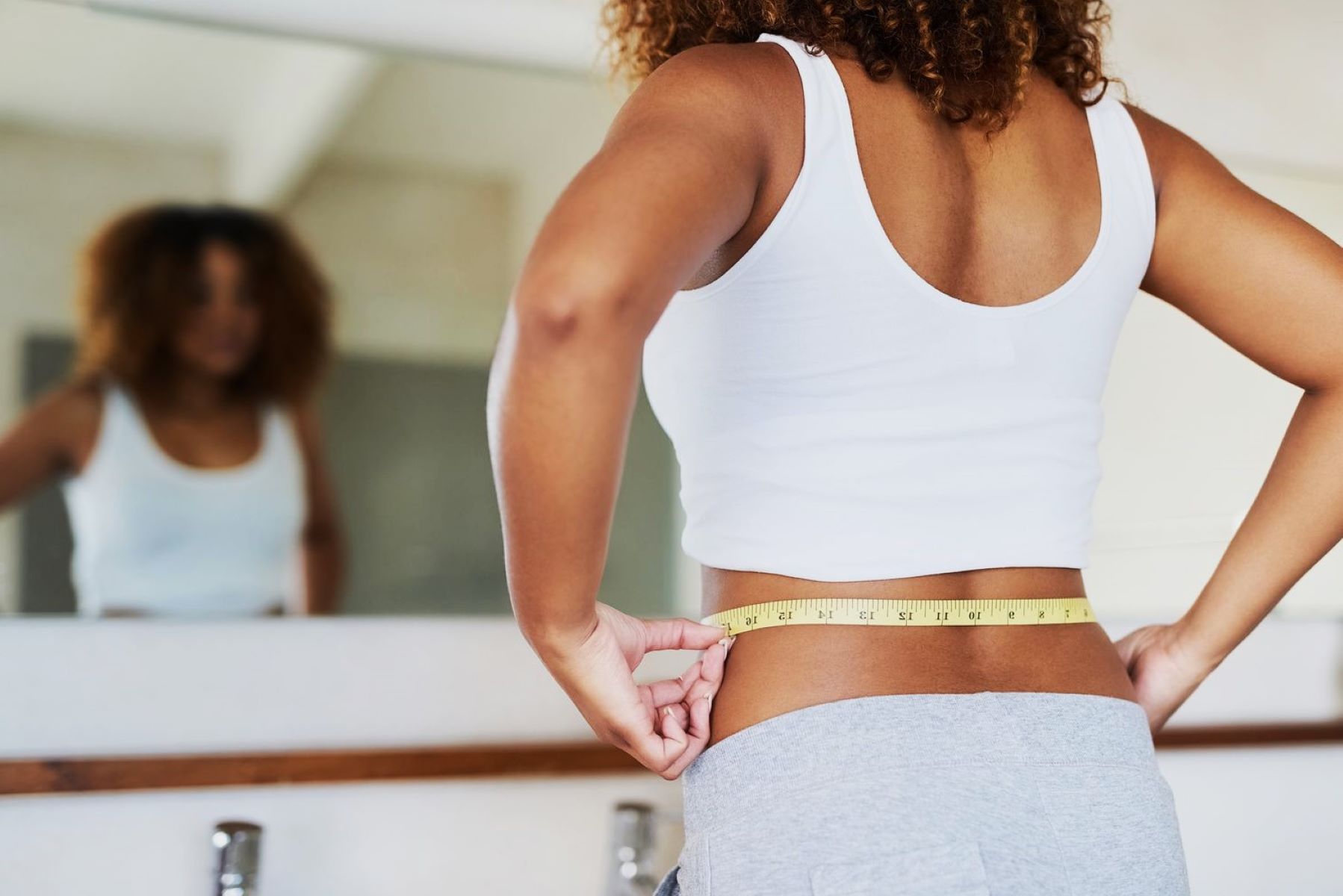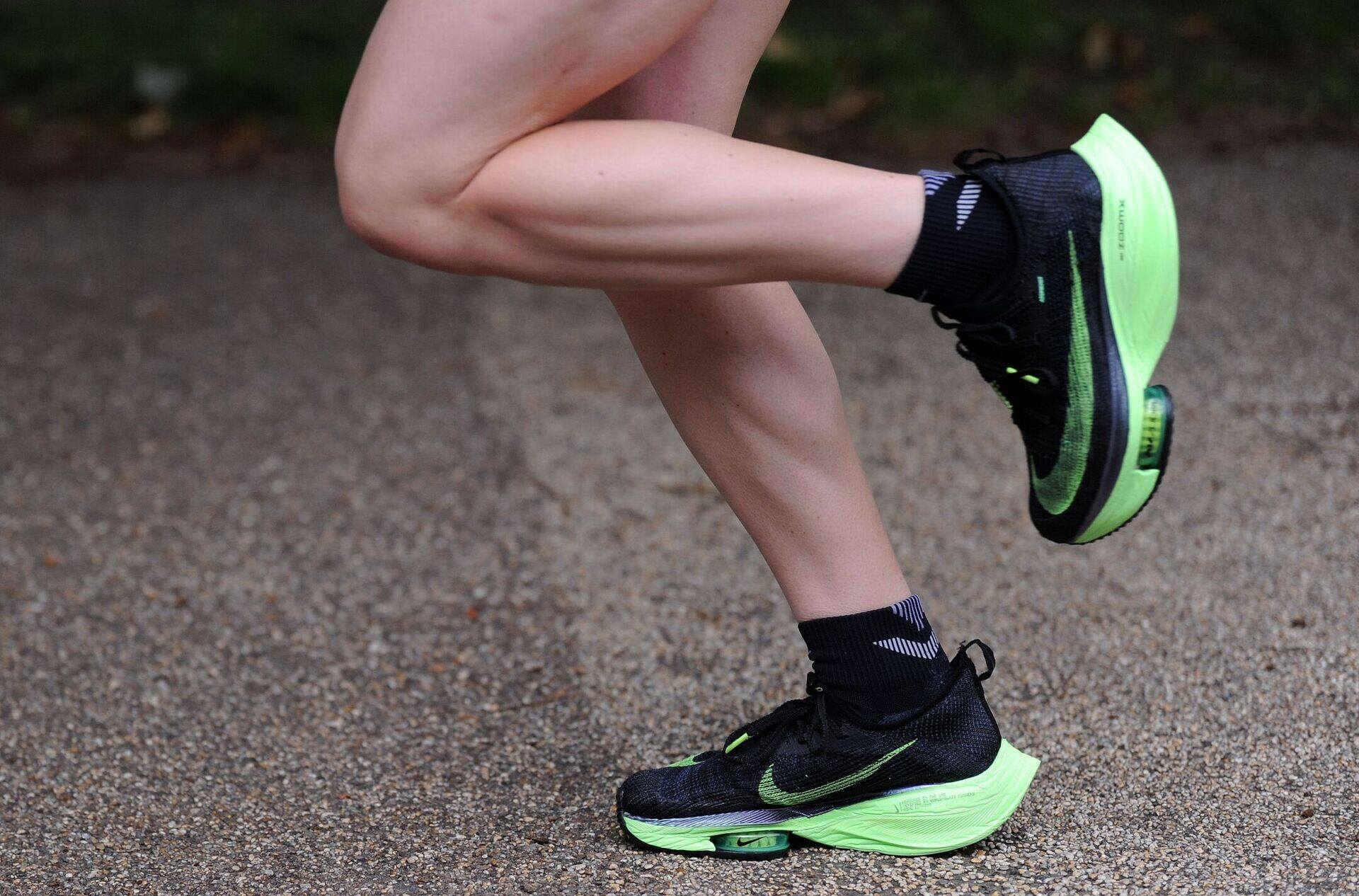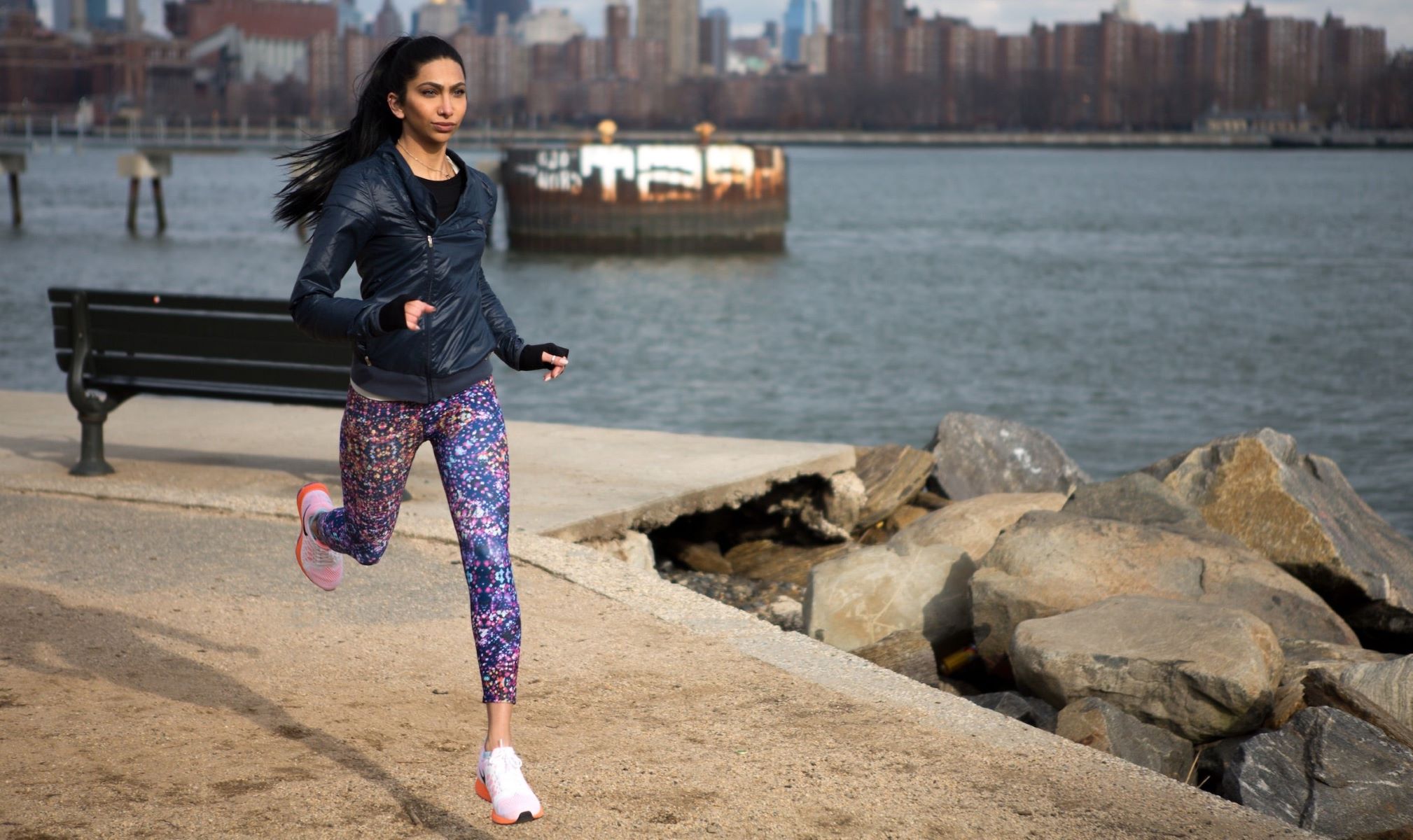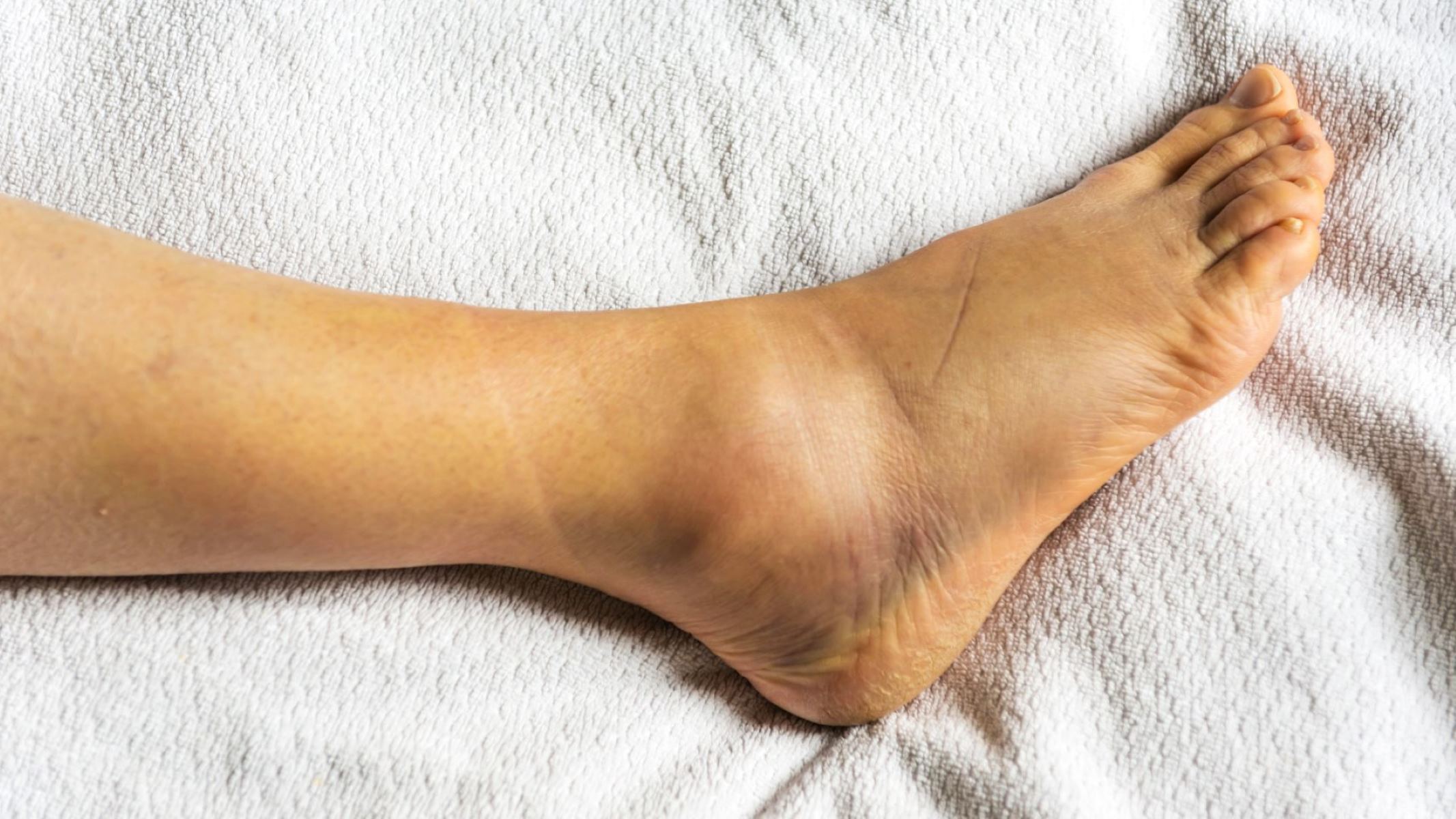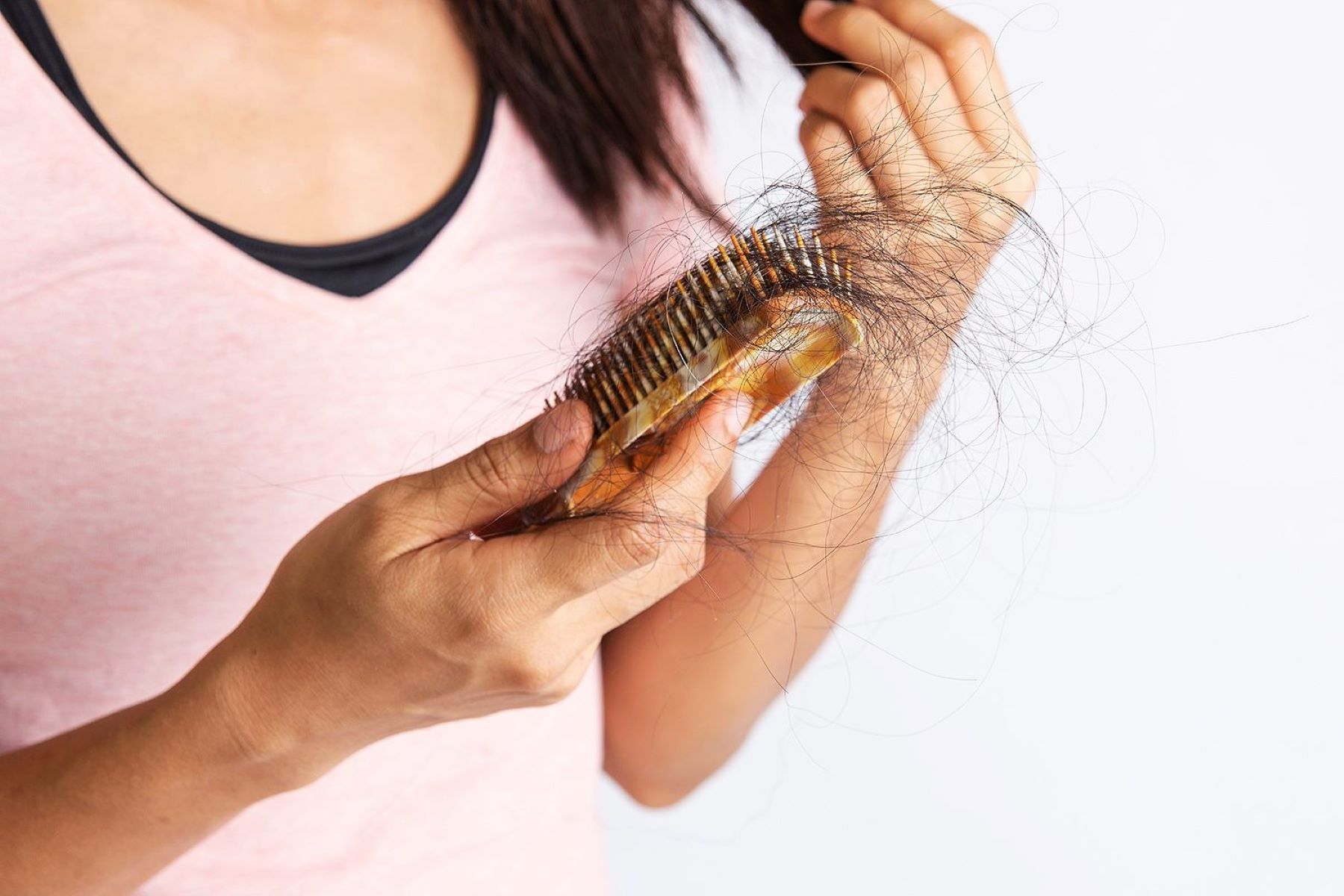Home>Gear & Reviews>What Type Of Shoes Should I Wear For My First Triathlon?
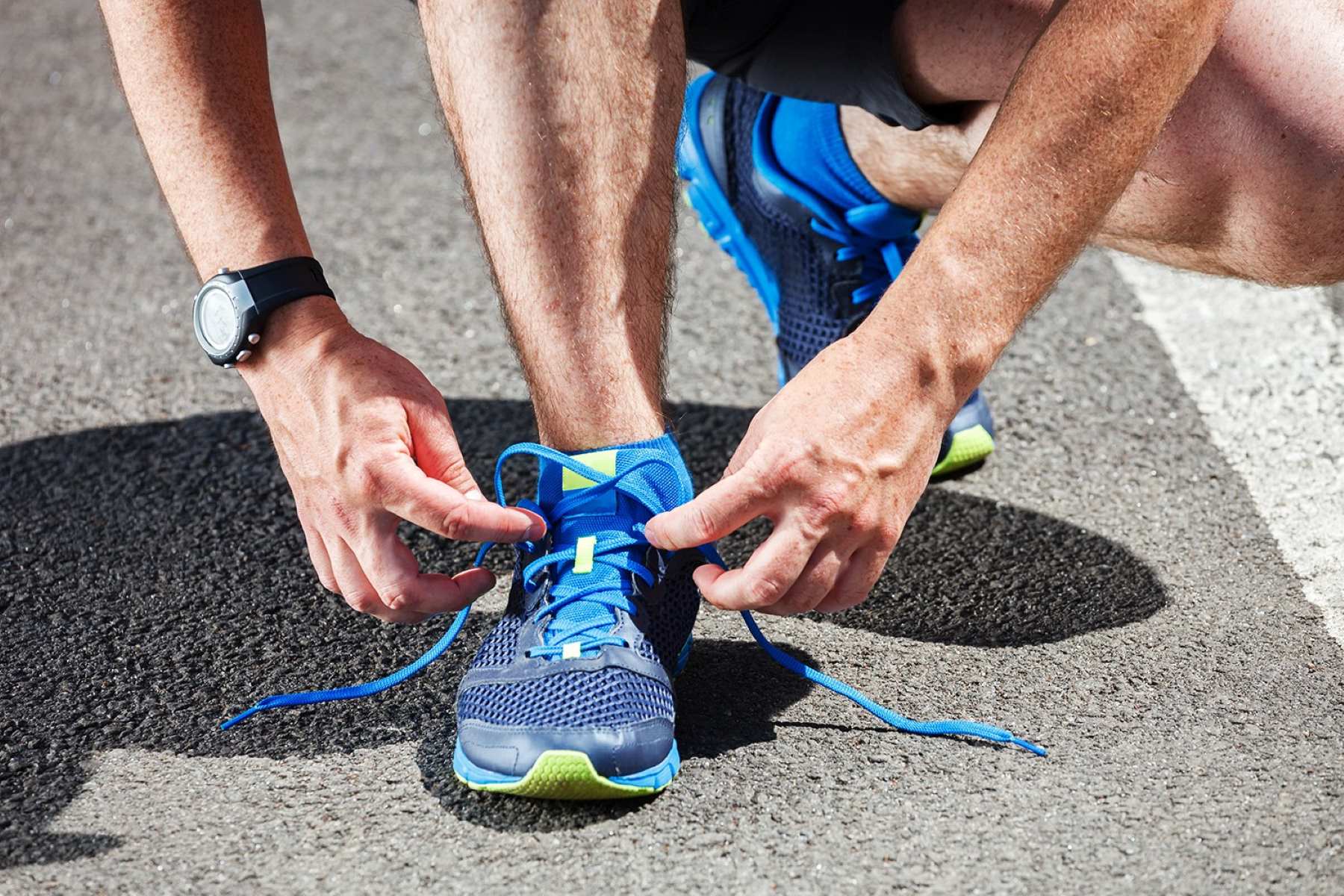

Gear & Reviews
What Type Of Shoes Should I Wear For My First Triathlon?
Published: March 6, 2024
Discover the best shoes for your first triathlon with our comprehensive gear and reviews. Find the perfect footwear to enhance your performance.
(Many of the links in this article redirect to a specific reviewed product. Your purchase of these products through affiliate links helps to generate commission for Therunningadvisor.com, at no extra cost. Learn more)
Table of Contents
Choosing the Right Footwear
When it comes to participating in your first triathlon, choosing the right footwear is crucial for a successful race. The shoes you wear can significantly impact your performance and overall experience during the event. Therefore, it's essential to select the appropriate footwear that will provide comfort, support, and performance across all three disciplines of the triathlon: swimming, cycling, and running. In this section, we will explore the key factors to consider when selecting the ideal footwear for your first triathlon.
Factors to Consider
-
Versatility: Look for shoes that can seamlessly transition from the swim to the bike and from the bike to the run. Triathlon-specific shoes are designed to be worn without socks and have features that allow for quick drainage and drying, making them ideal for all three disciplines.
-
Comfort and Fit: Prioritize comfort and fit when choosing triathlon shoes. They should feel snug without being too tight, and there should be minimal movement within the shoe to prevent blisters and discomfort during the race.
-
Breathability and Drainage: Given the nature of a triathlon, where athletes transition from swimming to cycling and then running, it's essential to select shoes that offer excellent breathability and drainage. This ensures that water from the swim leg doesn't linger in the shoes, leading to discomfort and blisters during the bike and run segments.
-
Lightweight Construction: Opt for lightweight shoes that won't weigh you down during the race. Lighter shoes can contribute to faster transitions and reduced fatigue, especially during the run portion of the triathlon.
-
Transition-Friendly Features: Consider shoes with features that facilitate quick transitions. Look for designs with easy-to-use closures, such as elastic laces or quick-fastening systems, to streamline the transition process between disciplines.
-
Support and Stability: While lightweight is important, it's also crucial to ensure that the shoes provide adequate support and stability, especially for the run segment. Look for shoes with responsive cushioning and a supportive midsole to help maintain comfort and performance throughout the run.
-
Durability: Triathlon shoes need to withstand the rigors of all three disciplines. Choose shoes made from durable materials that can endure the demands of swimming, cycling, and running without compromising performance.
By considering these factors, you can narrow down your options and find the perfect pair of shoes to support you through your first triathlon.
Popular Shoe Options for Triathlons
-
Triathlon-Specific Shoes: These shoes are specifically designed for the unique demands of triathlons. They often feature quick-drying materials, drainage ports, and seamless interiors to minimize friction and discomfort during the race. Additionally, triathlon shoes are constructed to be lightweight and breathable, making them an excellent choice for first-time triathletes.
-
Minimalist Running Shoes: Many triathletes opt for minimalist running shoes due to their lightweight and natural feel. These shoes promote a more natural running form and can contribute to a smoother transition from cycling to running. However, it's essential to gradually adapt to minimalist shoes to prevent potential injuries, especially if you're new to this type of footwear.
-
Cycling Shoes with Quick Transition Features: For the cycling segment, some triathletes prefer using cycling shoes that are equipped with quick transition features. These may include large, easy-to-fasten straps or even a "flying mount" system, which allows the shoes to be pre-clipped onto the bike pedals, enabling a swift start to the cycling leg.
-
Multi-Purpose Running and Cycling Shoes: Some athletes opt for multi-purpose shoes that are suitable for both running and cycling. These versatile shoes offer convenience and simplicity, as they eliminate the need for a shoe change between the bike and run segments. However, it's important to ensure that these shoes provide adequate support and comfort for both disciplines.
-
Trail Running Shoes: If the triathlon course includes off-road segments or challenging terrain, trail running shoes may be the preferred choice. These shoes offer enhanced traction and durability, providing stability and protection when navigating uneven surfaces during the run portion of the race.
-
Customizable and Adjustable Shoes: Certain brands offer customizable and adjustable shoes that cater to individual preferences and foot shapes. These shoes may feature adjustable closures, insoles, or arch support, allowing athletes to personalize their footwear for optimal comfort and performance.
-
Transition-Focused Shoes: Some shoe models are specifically engineered to streamline the transition process. They may incorporate features such as quick-pull laces, easy-entry designs, and minimal seams to expedite the shoe change between disciplines, ultimately saving valuable time during the race.
By exploring these popular shoe options for triathlons, you can identify the most suitable footwear that aligns with your preferences, performance goals, and the specific demands of your first triathlon.
Tips for Finding the Perfect Pair
-
Seek Professional Advice: Visit a specialty running store or triathlon shop where knowledgeable staff can assess your gait, foot shape, and specific requirements. They can provide valuable insights and recommendations based on your individual needs, ensuring a personalized approach to finding the perfect pair of triathlon shoes.
-
Test for Comfort and Fit: When trying on triathlon shoes, pay attention to how they feel. Walk or jog around the store to assess comfort, fit, and any potential areas of discomfort. Remember that your feet may swell during the race, so consider trying on shoes later in the day when your feet are slightly larger.
-
Consider Sockless Wear: If you plan to go sockless during the triathlon, try on the shoes without socks to ensure a comfortable and blister-free experience. Look for seamless interiors and materials that minimize friction, as these features are essential for sockless comfort.
-
Evaluate Transition-Friendly Features: Assess the shoes' design for features that facilitate quick transitions. Look for easy-to-use closures, such as elastic laces or quick-fastening systems, which can significantly reduce the time spent changing shoes between disciplines.
-
Understand Your Running Style: Consider your running style and preferences when selecting triathlon shoes. If you prefer a more natural running experience, minimalist shoes may be suitable, while those seeking additional support and cushioning should opt for models with enhanced stability features.
-
Research and Compare Options: Take the time to research different shoe models and compare their features, reviews, and suitability for triathlon racing. Look for shoes that align with the specific demands of your upcoming race, whether it involves challenging terrain, varying weather conditions, or specific performance goals.
-
Prioritize Quality and Durability: Invest in high-quality, durable shoes that can withstand the rigors of triathlon racing. While cost may be a consideration, prioritize the long-term benefits of durable footwear that can support you through multiple races and training sessions.
-
Allow for Adaptation Time: If you're considering a new type of footwear, such as minimalist or multi-purpose shoes, allow for sufficient adaptation time. Gradually incorporate these shoes into your training routine to adapt to their unique features and minimize the risk of potential injuries.
-
Seek Feedback from Experienced Triathletes: Reach out to experienced triathletes or join online forums and communities to gather insights and recommendations regarding suitable triathlon shoes. Learning from the experiences of others can provide valuable guidance in your quest for the perfect pair.
-
Test the Shoes in Training: Once you've narrowed down your options, test the selected shoes during training sessions to assess their performance, comfort, and suitability for the triathlon. This hands-on experience can offer valuable feedback and confidence in your footwear choice come race day.
By following these tips, you can navigate the process of finding the perfect pair of triathlon shoes with confidence, ensuring that your footwear enhances your performance and comfort throughout the race.

